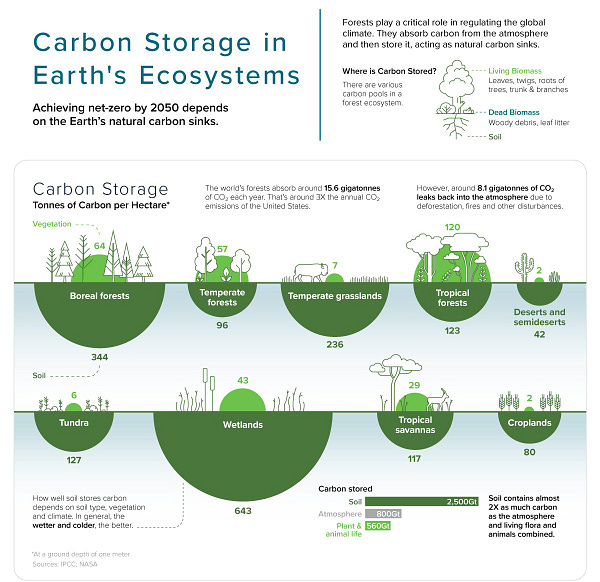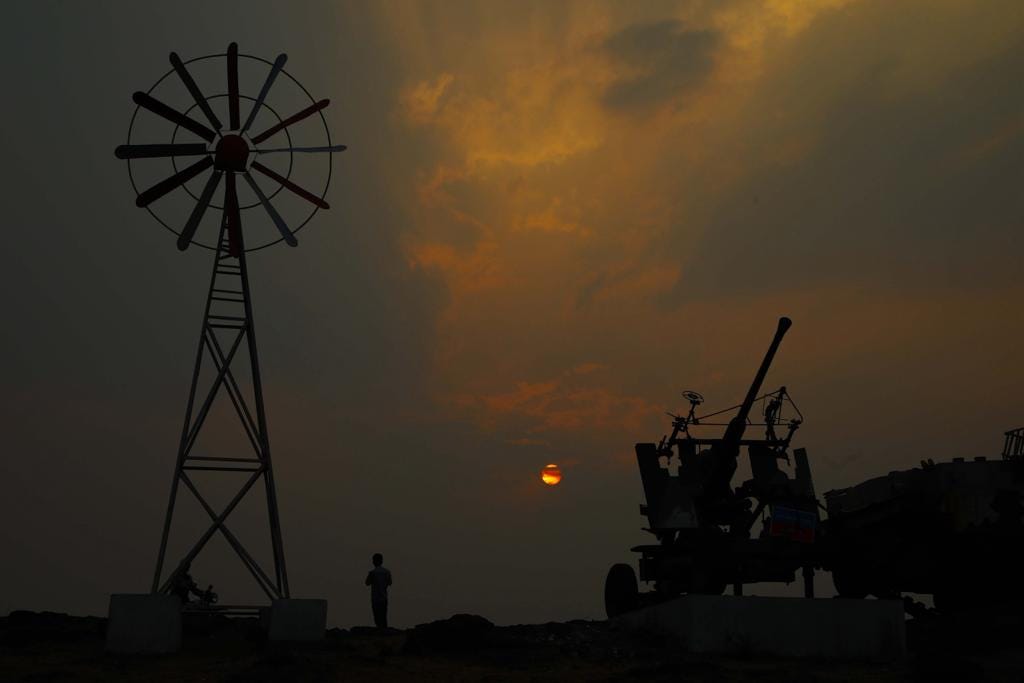Icebreaker: Catch up on all things climate
Hi, this is Sonal and Navmi from The Indian Express. We will reach your inbox every Thursday
Very often, you see reports from across the world that ring alarm bells about rising temperatures and sea levels. More worrying than that, you routinely see news about countries being devastated by floods, droughts or cyclones, wondering which city or country is next on the roster. But even as there’s despair about the future of our planet, there is an urgent need to embrace hope.
That is where 'Icebreaker' is stepping in, with the aim to cut through the noise and bring you the most realistic and compelling coverage on climate from around the globe. Every Thursday, it will follow up on one individual, organisation or country championing climate action, and break down how that impacts you, and why you should care. 'Icebreaker', as the name suggests, aims to break the ice (hopefully, not in the Arctic) between you and the conversations around climate change.
We begin with the affairs in our own country. Recently, an investigation by The Indian Express, which covered the large-scale deforestation across India, pointed to gaps in the way we define 'forests', and how data based on that 'misleads' our national policies. In fact, the government has focused on compensating our depleting forests with plantations. But why is that bad? Studies have shown that plantations are less efficient than natural forests in storing carbon and supporting biodiversity.
Interestingly, India, in August last year, enhanced two of the three original climate targets it had promised to achieve by 2030. These two included reducing emissions produced per unit of GDP and increasing renewable energy generation.
The third target — a commitment to increase its carbon sink* by 2.5 to 3 billion tonnes of carbon dioxide equivalent by 2030 through the creation of additional forest and tree cover — was left untouched. So, what does this mean for India's carbon sink targets? Read Amitabh Sinha's explainer here.
*Breakaway: What is Carbon Sink?
Carbon sink refers to anything that absorbs more carbon than they release, thereby removing carbon dioxide from the atmosphere. Forests and oceans are naturally occuring carbon sinks. Landfills are an example of artificial carbon sink, but their methane emissions overshadow the good they can do.
Here's a visual aid for a quick breakdown on how much carbon is stored in each ecosystem:


Do we have any good news for you? In line with our discussion on carbon storage, the BBC reported on a new method of removing carbon dioxide from the atmosphere and storing it in seawater in the form of bicarbonate soda. Scientists believe that the new method is relatively cheaper and absorbs more carbon dioxide than ever before.
In India, nuclear power could channel the country's climate action as it seeks to reduce its climate emissions. On Wednesday, Union Minister Jitendra Singh informed Parliament that 41 million tonnes of carbon dioxide emissions that would have been produced annually from coal-based thermal power plants are being saved through electricity generation through the nuclear power sector. With nuclear power comprising three per cent of India's total electricity generation, Singh added that India aims to increase nuclear capacity by three folds by 2032. This can inevitably help India further scale down its carbon emissions.
Lastly, an interesting thought for you to mull over this week on carbon tax (putting a price on individuals or businesses that emit greenhouse gases). Climate scientist David Ho ran a Twitter poll asking if it would be "easier to scale CO2 removal (CDR) if there were a price on carbon". Would that, however, trickle down to increased prices for the end consumer?
Until next time,
Sonal





